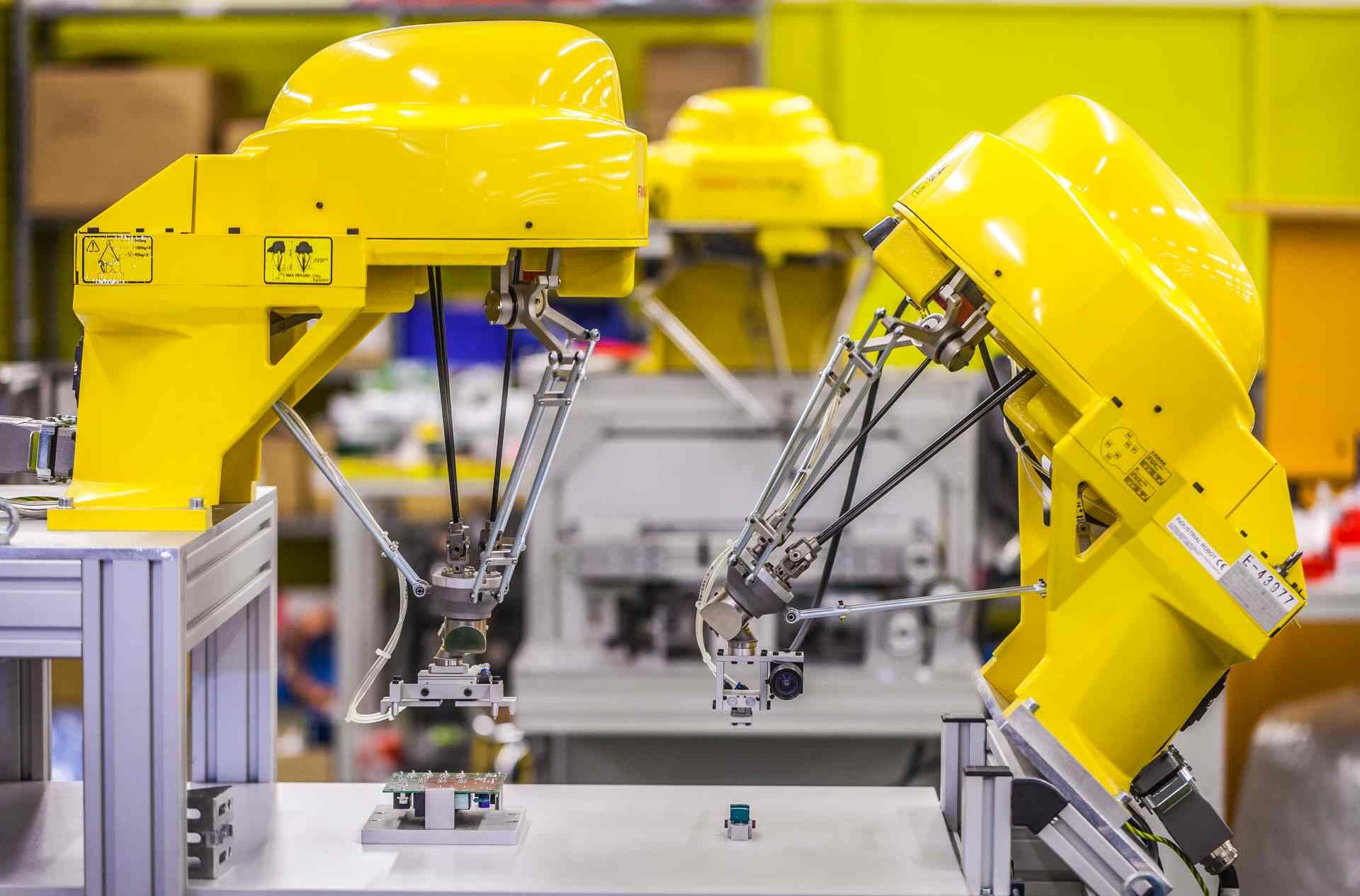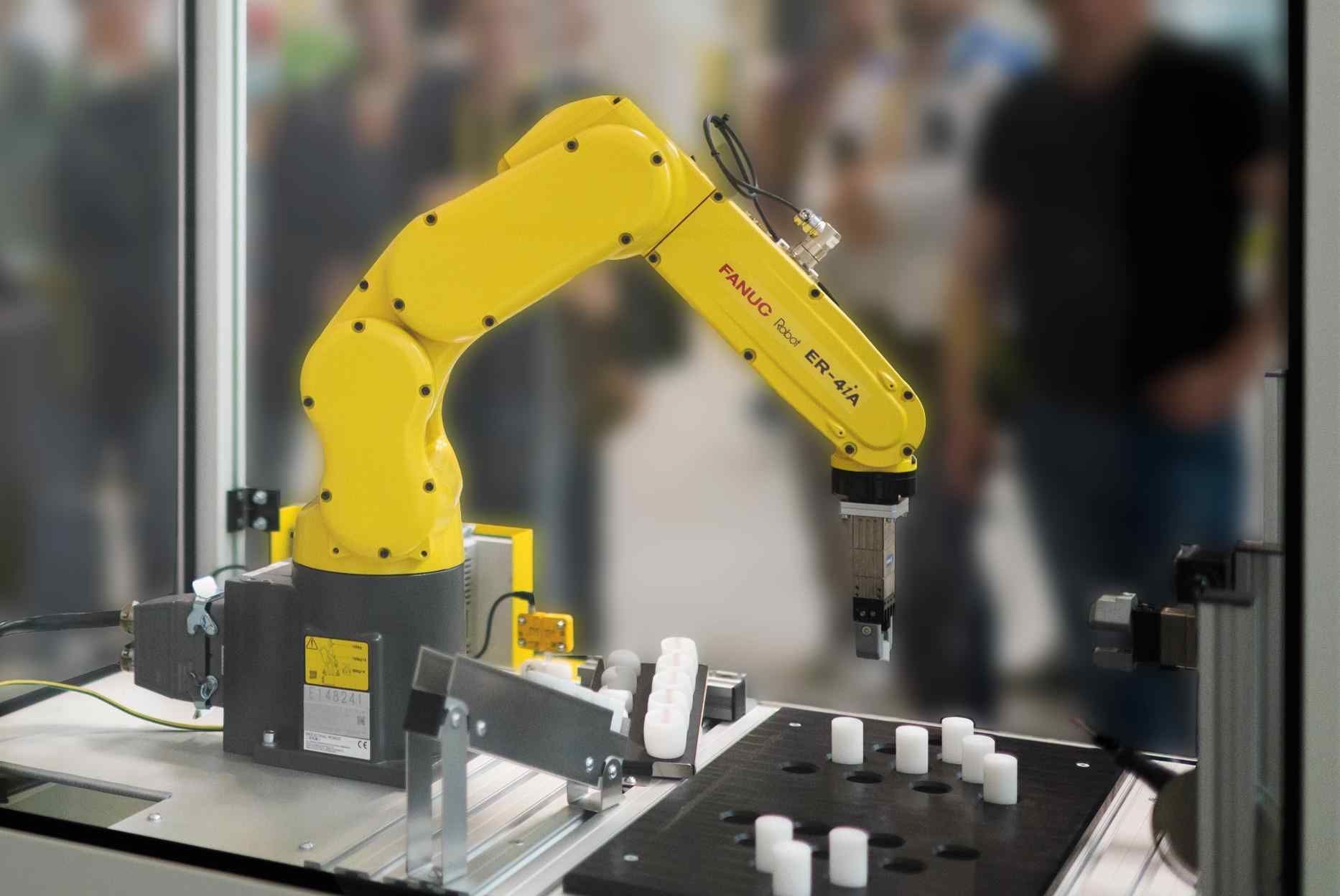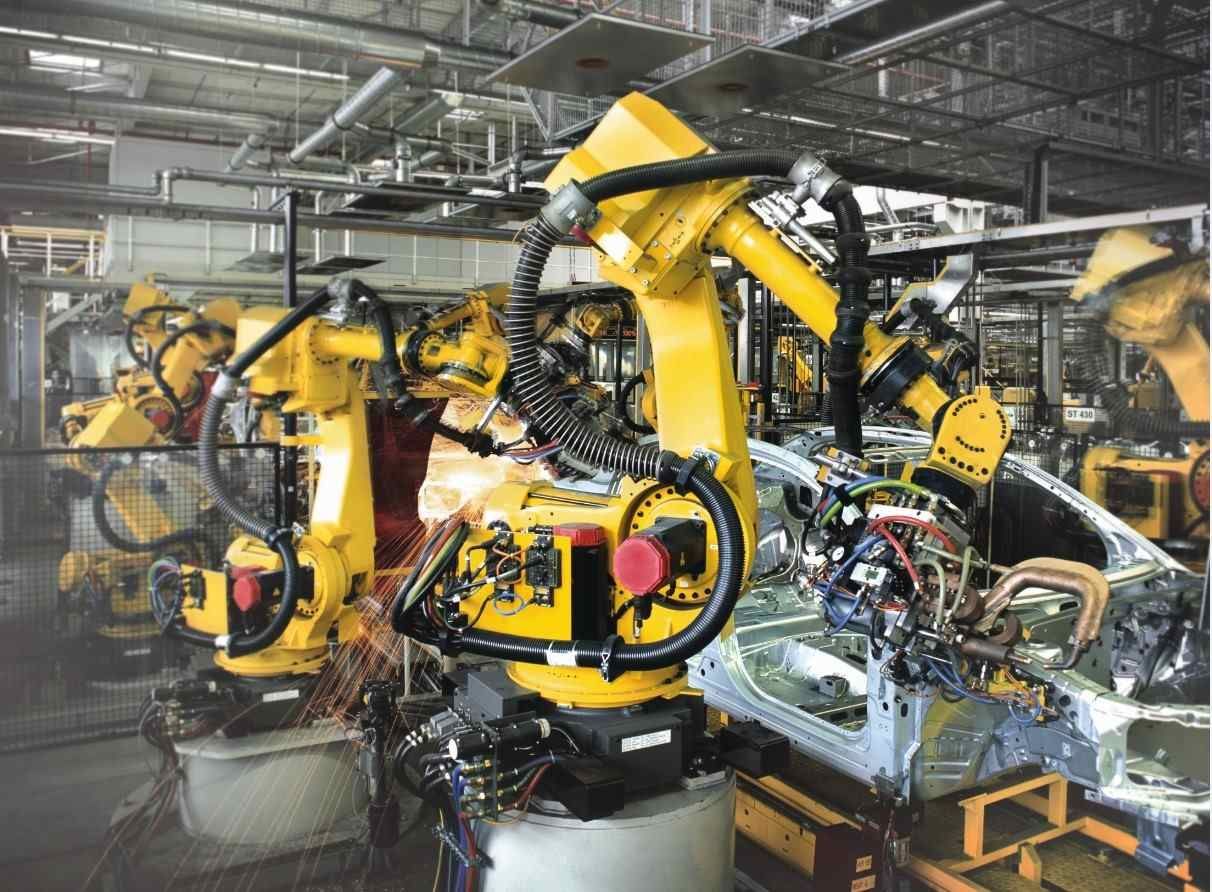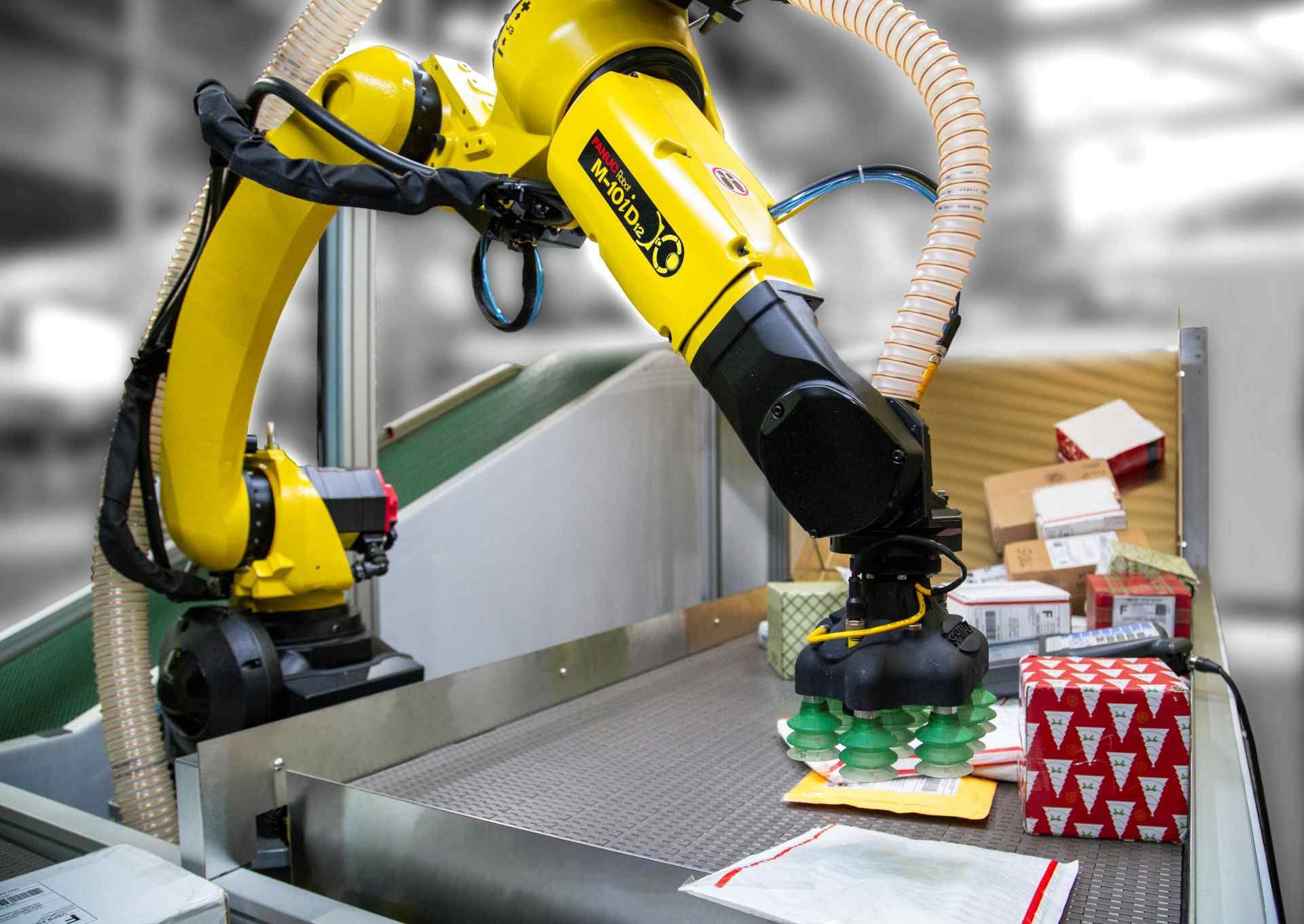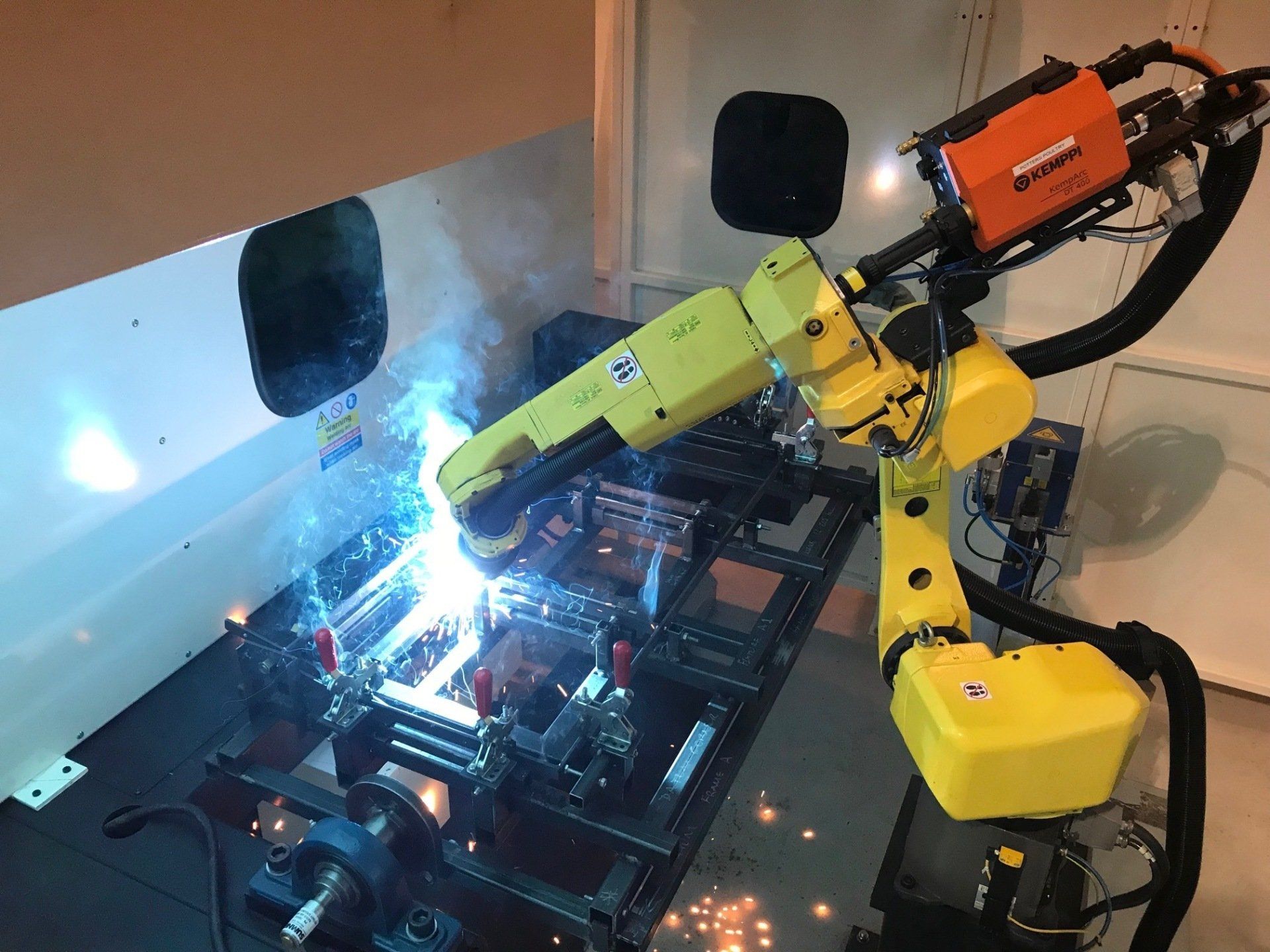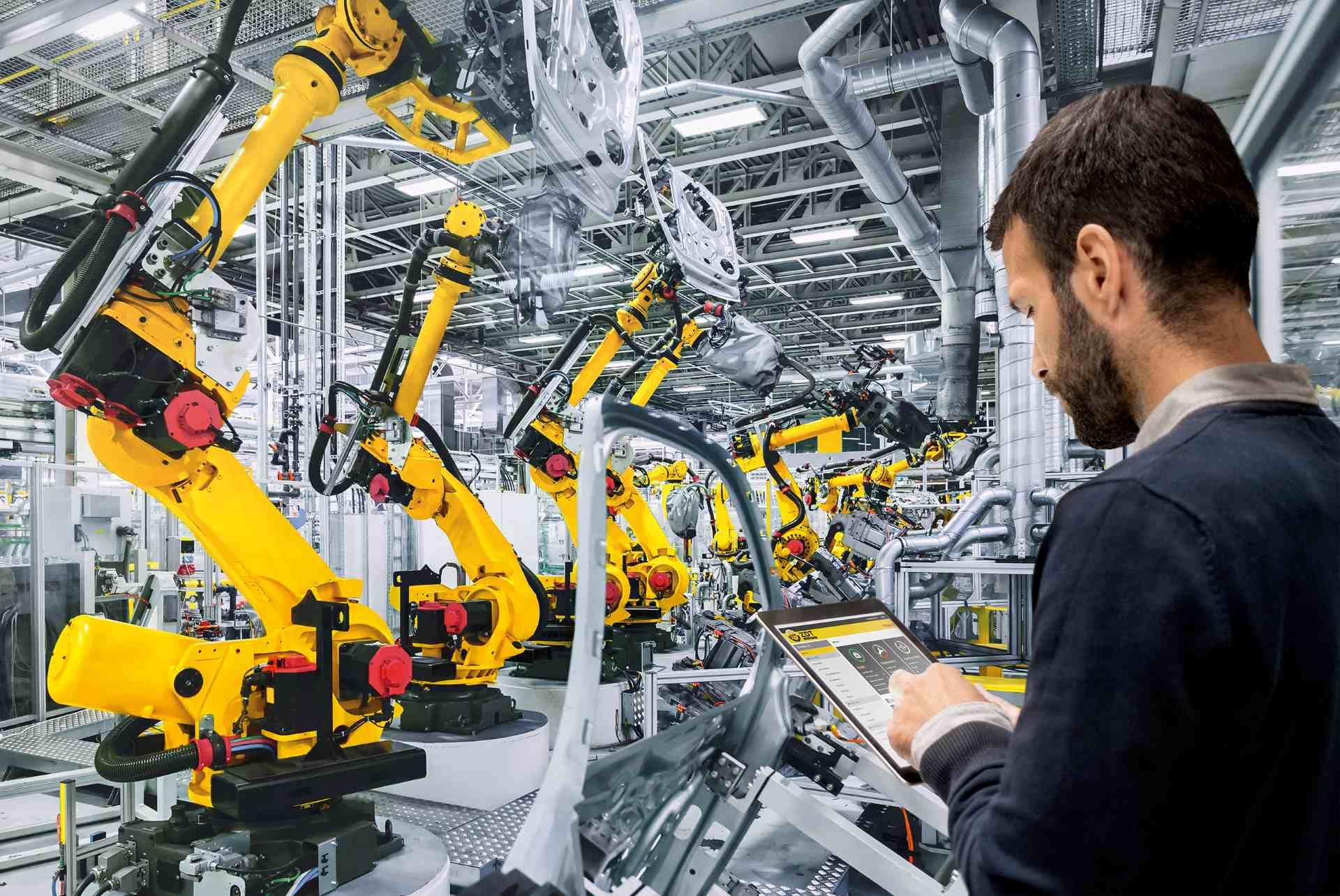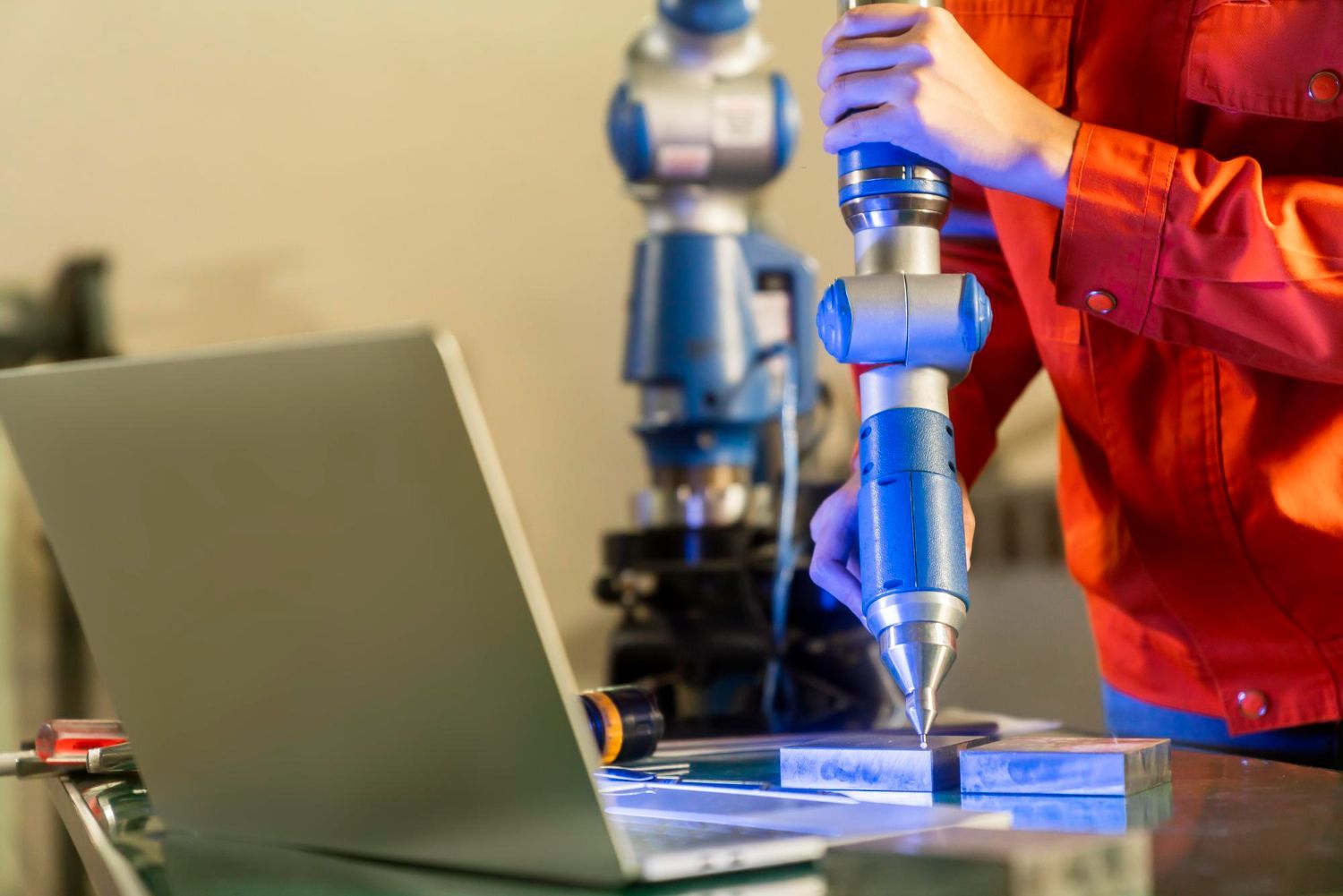What Is the Difference Between MIG and MAG Welding?
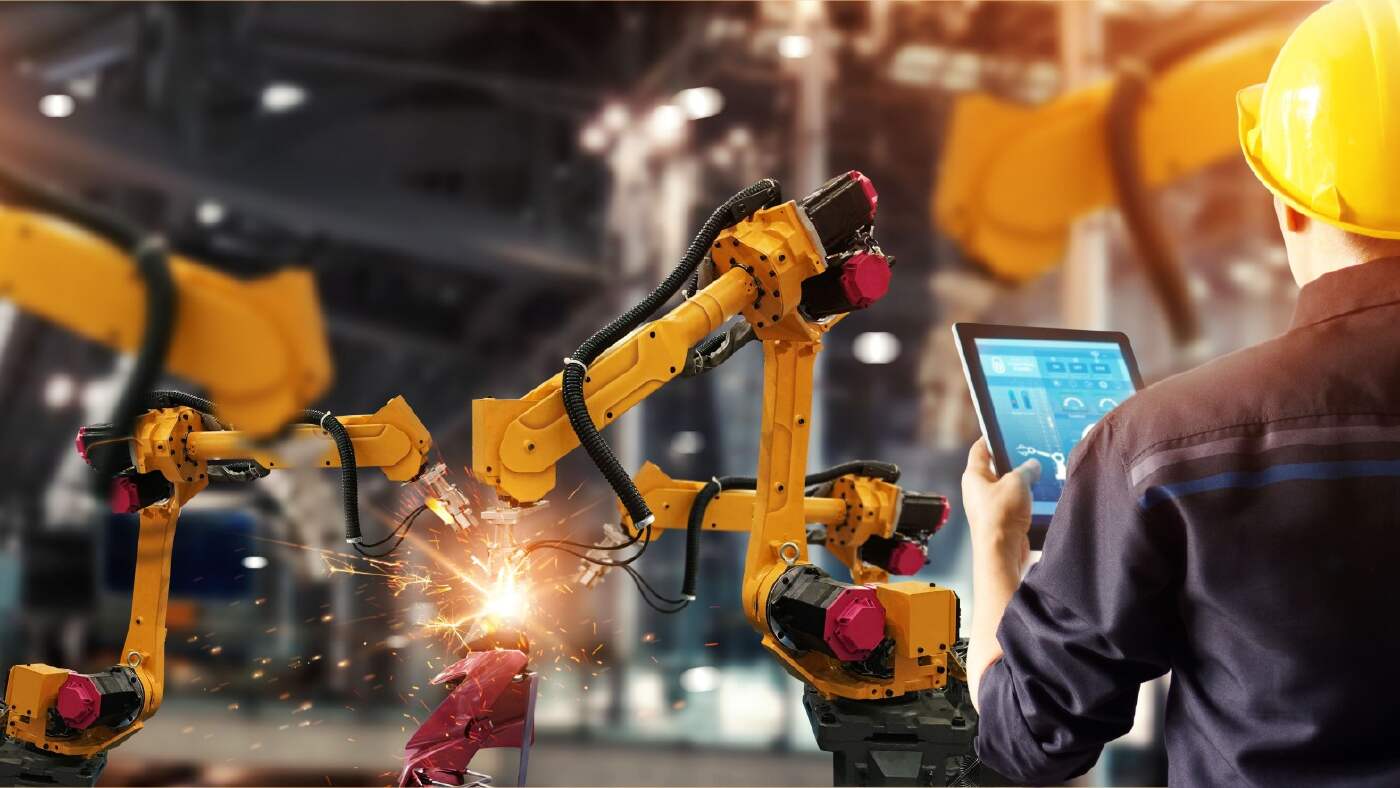
MIG and MAG welding are two of the most effective forms of welding. MIG/MAG welding produces a high-quality, durable finish, and this versatile welding process is utilised by an impressive range of industries worldwide.
Both the MIG and MAG welding processes are different types of gas metal arc welding (GMAW). While both processes are very similar in theory, they make use of different types of shielding gas. As such, they can have different applications, with one type of welding being better suited to certain materials or welding roles than the other.
Importantly, both MIG/MAG welding can be automated through the use of robotic systems, allowing you to produce an excellent weld on a consistent basis. If you need to know more about the differences between the MIG and MAG welding process, the team at Cyber-Weld are here to explain everything.
MIG and MAG Welding
MIG and MAG welding are two different processes that fall under the wider umbrella of gas metal arc welding (GMAW).
GMAW is a welding process that uses an electric arc in conjunction with a consumable filler wire in order to create a heated weld pool that allows two materials to be fused together. GMAW only works when a shielding gas is used to protect the electric arc from contamination and in order to keep the heat constant. Without the shielding gas, the welding process simply wouldn’t work, as the electric arc and the weld pool will react with oxygen and other molecules in the atmosphere.
This shielding gas is where the fundamental differences between MIG and MAG welding arise. The two welding processes use different types of shielding gas. In fact, this is where their respective acronyms are derived from. Here’s what the two processes stand for:
● MIG welding: metal inert gas welding
● MAG welding: metal active gas welding
The difference is that MIG welding uses inert gas to create a shield during the welding process, whereas MAG welding uses an active gas.
Here’s a quick look at these gases:
● Inert Gas – Includes noble gases such as helium and argon. An inert gas has a valence or outer layer of electrons, which ensures that the gas is non-reactive and won’t undergo chemical reactions during the welding process.
● Active Gas – Includes gases such as nitrogen, oxygen and carbon dioxide. An active gas does not have a valence and is, therefore, more likely to undergo chemical reactions. An active gas is much more reactive than an inert gas
As subtypes of GMAW, both MIG and MAG processes have the capacity to create high-quality welds that are durable and long-lasting. Both are versatile processes, both can be used to fuse a variety of metals together, and both are readily adaptable to automation through robotic systems.
However, despite their similarities, there are also fundamental differences between MIG and MAG welding. It’s important to understand these differences to ensure you’re selecting the best welding system for the task and materials at hand.
Let’s take a look at each of these processes in more detail.
MAG Welding Process
MAG welding (metal active gas welding) is a specific subtype of GMAW that uses an active gas in the welding process.
Like all types of GMAW, MAG welding uses an electric arc to create the high temperatures needed to fuse two materials together. This electric arc is shielded by an active gas, which is fed into the welding system. The active gas stops the electric arc from being extinguished, while also protecting the filler wire and resulting weld pool from contamination.
The unique quality of MAG welding then is the use of active gas, but what exactly does this mean?
An active gas is one that is more reactive (or active) than an inert gas, and this includes compounds and elements. There is a number of active gases which can be used in MAG welding, including:
● Nitrogen
● Oxygen
● Hydrogen
● Chlorine
● Carbon dioxide
The most cost-effective active gas is often carbon dioxide, which is readily available. Active gases can also be mixed with other gases, including inert gases, to improve the performance of the weld.
There are a number of advantages to using an active gas or a compound of gases over an inert gas. The biggest advantage is the fact that using an active gas as a shield means that the gas will react, in part, with the weld pool.
Conversely, an inert gas purely shields the weld pool from contamination and has no direct reactive effect in this respect. While this is advantageous in many scenarios, if you need the electric arc to penetrate further, then the active gas (by its very reactive nature) helps to achieve this. If extremely high temperatures are needed in order to fuse two metals together, then an active gas can help to achieve these temperatures and keep them high.
Compared to inert gases, active gases are much cheaper, more readily available and therefore often the first choice when budgeting and sourcing gas supplies, especially if working on an industrial scale.
MAG welding machines can be easily automated and used in robotic welding systems. Robotic MAG welders are accurate and efficient, and they ensure that while using high temperatures and active gases, human employees are kept safe. The resulting welds are of high quality, they are consistent, and they are cost-effective.
Here are the most important advantages to be gained from MAG welding:
● Low cost and ready availability of active gas
● Can produce increased weld penetration
● Can produce high heat and temperatures
● Can weld ferrous metals such as steel
● Easily automated and integrated into robotic welding systems
MIG Welding Process
MIG welding is a specific subtype of GMAW that uses an inert gas as a shield. It’s best seen in contrast to MAG welders, which as we’ve explained use an active gas (rather than inert gas) in the welding process.
Like other GMAW processes, MIG welding uses an electric arc to generate high heat to create a weld pool that can fuse metals together. An inert gas is fed directly into the weld, thereby creating a shield that protects the weld pool and the electric arc from contamination, and from being extinguished.
MIG welding is unique because it uses an inert gas as a shielding gas. Inert gases are inherently unreactive due to the presence of an outer layer of electrons or a valence, which forms a shell around the atoms. This means that an inert gas won’t react with any other elements or compounds that might be present during the welding process, ensuring that it creates a nonreactive shield around the weld pool.
This non-reactiveness is key to the popularity of MIG welding. Inert gases allow for the weld to be completed without any interference at all from contaminants. This means that MIG welding is the preferred method when temperatures need to be kept constant (with no fluctuations) or when the metals being fused are delicate or are themselves reactive and therefore susceptible to being broken down during the process.
Inert gases can be compounds or elements. All noble gases are inert gases, and these are particularly prized for their non-reactive nature. Noble gases won’t react with anything under normal conditions and include such elements as helium, neon, argon, krypton, xenon and radon.
Noble gases are inert gases, but inert gases can also include compounds that may, to some degree, be reactive. Inert gases can also be mixed with active gas compounds in order to lower the reactivity of the active gas.
The most commonly used inert gases are argon and helium. Argon is often the first choice for MIG welders, as it creates a stable electric arc that consistently protects the weld pool. Helium might be used if the welder requires a deeper weld and needs higher temperatures. Argon can also be mixed with helium to provide a mixture of the two qualities when welding.
Inert gases are more expensive than active gases, and less widely available (another reason why they may be mixed with cheaper and more readily available active gases), which means the MIG welding process isn’t as commonly used as the MAG welding process.
Here are the most important advantages of the MIG welding process:
● Welds are protected from chemical reactions
● Produces an exceptionally high-quality product
● Produces clean, clear welds free from oxidation
● Can be used to weld non-ferrous metals such as aluminium
● Readily automated and integrated into robotic welding systems
Which Is Better: MIG or MAG Welding?
MIG and MAG welding processes are similar in many ways, and can often be used interchangeably to carry out the same welding tasks.
However, it’s important to note that the different gases used in MIG and MAG welding ensure that the processes are often best suited to particular applications or materials.
On a practical level, this means that it’s not possible to say if MIG welding is better than MAG welding, or if the MAG welding process is better than MIG welding. This depends entirely on what you need welding and the quality of the finished product that’s required.
If you’re welding aluminium for example, then MIG welding is the best option. Aluminium is considered to be more challenging to weld than steel, and it requires constant temperatures as well as protection from outside oxidation. MIG welding provides all these factors.
If you’re welding steel, however, then you need the higher temperatures and penetrating factors of MAG welders to produce the best products with the most efficiency. Steel doesn’t need as much protection from chemical reactions, so a MAG welder will get the job done more cost-effectively than a MIG welder.
Here are a few of the key considerations when deciding whether MIG or MAG welding is best for your needs:
● MAG welding is more cost-effective than MIG welding
● MAG welding provides more penetrating power
● MAG welding is best used on thicker, ferrous metals like steel
● MIG welding is more accurate and precise than MAG welding
● MIG welding is best used on thinner, non-ferrous metals such as aluminium
Can the MIG/MAG Welding Process Be Automated?
One of the main similarities of both MIG and MAG welding is that both processes can easily be automated. This means that it’s common for MIG/MAG welding systems to be incorporated into robotic systems, allowing them to be used to the best of their capabilities.
MIG and MAG welding is a very effective welding process, but both require large degrees of skill, accuracy and precision, particularly if challenging metals are being fused. Robotic welding systems not only provide a level of accuracy and precision that humans simply cannot match, but they can do so on a consistent basis, for 24 hours a day if required.
This ensures that robotic welding systems provide industries with a cost-effective manufacturing option that avoids waste, saves resources and money, and produces a superior product. In addition, robotic welding systems improve health and safety standards in the workplace while also allowing staff to focus on other areas of the business.
Robotic welding systems can be designed to work across an impressive range of industries, providing companies with an excellent automation option that can improve efficiency, consistency and quality.
There are a number of advantages to adopting robotic welding systems, including:
● Save time, money and resources
● Speed up welding and production times without sacrificing quality
● Carry out welding operations 24 hours a day, 7 days a week
● Improve productivity and efficiency
● Improve working conditions and workplace health and safety
Contact Cyber-weld Today for More Information on Robotic MIG/MAG Welding Solutions
If you’d like to know more about automated MIG/MAG welding solutions, our expert team of robotic engineers is ready to help.
Cyber-weld provides a comprehensive range of robotic MIG and MAG welding services, alongside an extensive array of bespoke robot welding solutions designed to fulfil your welding needs.
Contact Cyber-Weld today to find out how we can help you.

